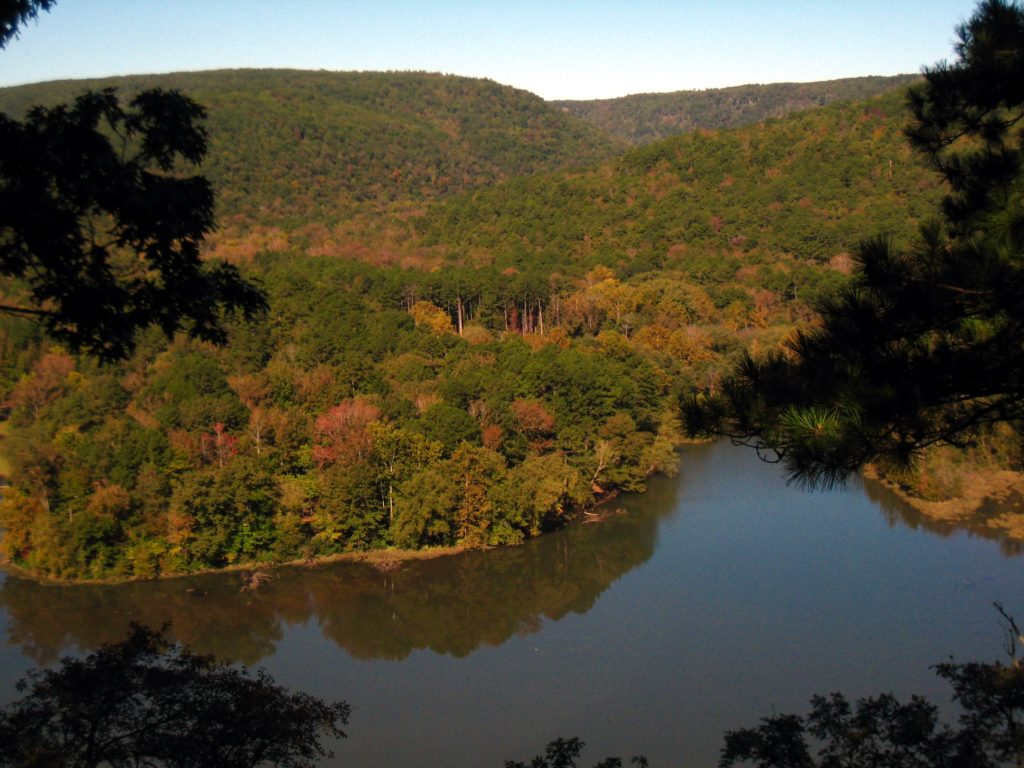Climate relicts may help researchers understand climate change
While hiking through the Ozarks’ characteristic oak and hickory forests as a teenager, ecologist Scott Woolbright discovered something decidedly uncharacteristic for the region: prickly pear cacti growing on an exposed, rocky ledge.
In a recent paper published in Trends in Ecology and Evolution, Woolbright describes how populations and communities like these, known as climate relicts, can help scientists understand how ecological communities are affected by climate change.
Rocky, well-drained slopes in the Ozarks often create habitat “islands” within the surrounding forest known as glade ecosystems, said Woolbright, who is a postdoctoral fellow at the Institute for Genomic Biology (IGB) in the Genomic Ecology of Global Change research theme at the University of Illinois. In the Ozarks, glades often help to preserve isolated communities of cacti and other desert and prairie species that dominated the area during the Hypsithermal, a period of warming that occurred four to eight thousand years ago.
Ecologists have recently begun to discuss climate relicts as potential “natural laboratories” for studying the evolution of single plant species. Woolbright and co-authors suggest expanding such studies to include interactions between plants and other organisms that can drive community and ecosystem patterns.
It can be very difficult to replicate the long-term effects of climate change over very large geographic areas in the laboratory or field. But isolated climate relicts that are distributed across landscapes create “natural experiments” that help to overcome these problems of scale.
Using the genomic technologies he’s learned at the IGB, Woolbright hopes to develop a research program that investigates climate-driven changes in species interactions at the gene level. While such a program would contribute to basic community and ecosystem research, it also has significant implications for ecological conservation and restoration.
“We’re learning that you often can’t just go out and preserve a single species,” Woolbright said. “Interactions with other species can play very important roles in species survival. If we don’t take those interactions into account, we can miss things that are really important.”
Many climate relicts are threatened by small population size, ongoing environmental change in already stressful environments, invasions from species in adjacent non-relict communities, and human encroachment.
Woolbright said it will take the cooperation of many stakeholders to conserve relicts for their historical, ecological and aesthetic value.


